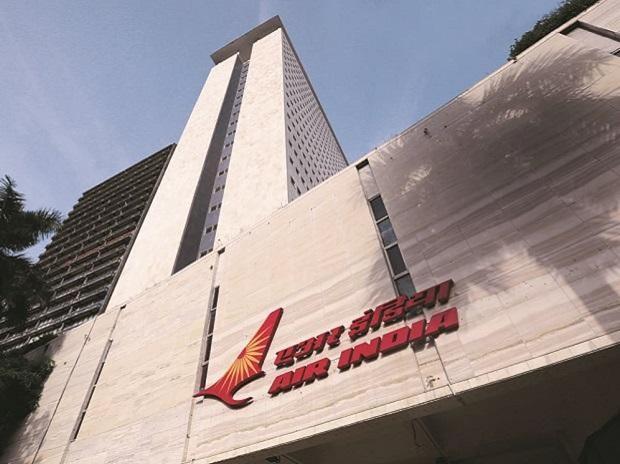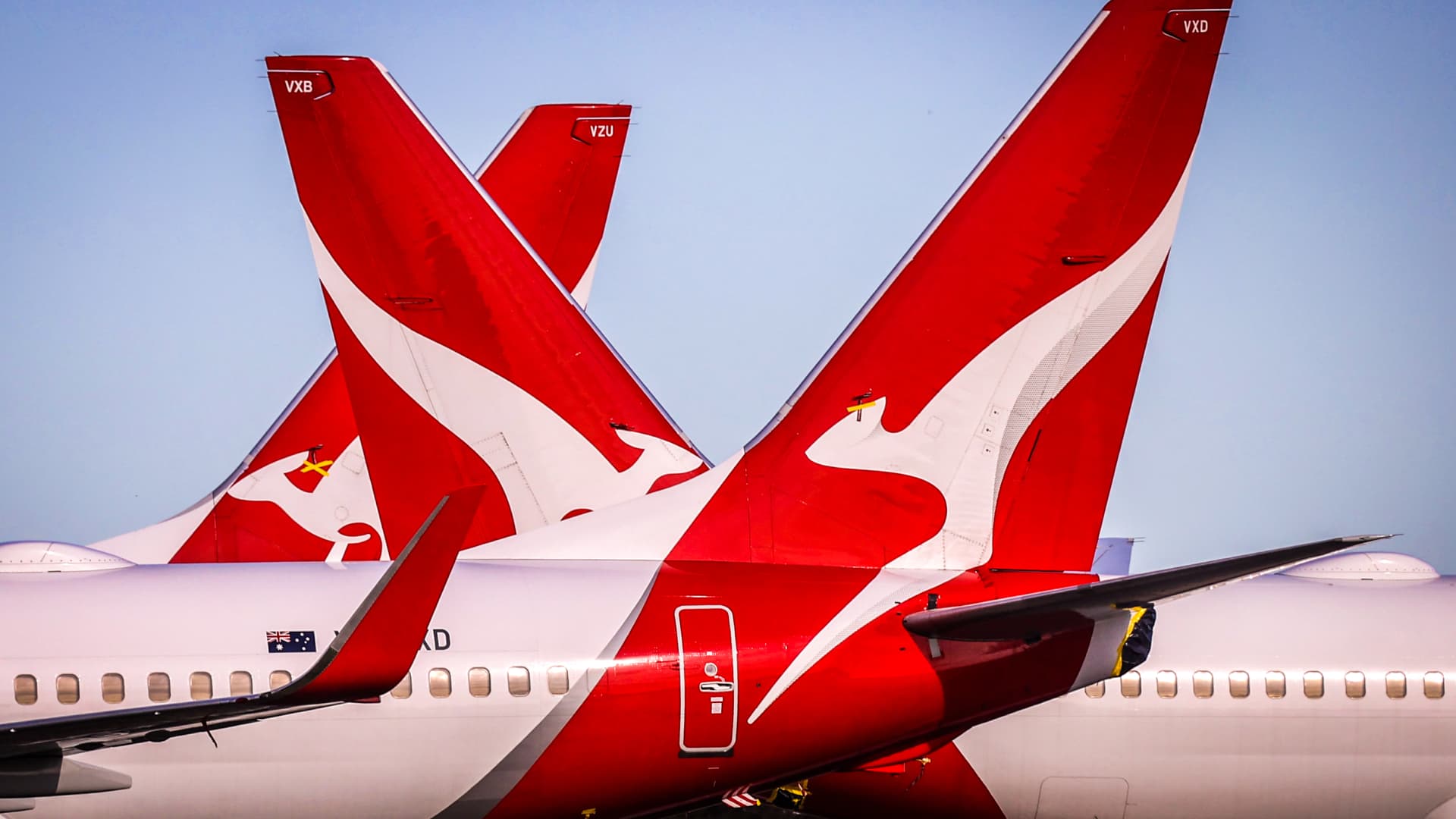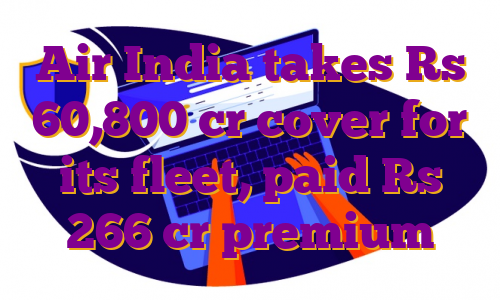Air India said on Monday it has leased 25 Airbus narrow-body aircraft and five Boeing wide-body planes, which will enter service from December.
This is the first major expansion of Air India’s fleet under the Tata Group, which took control of the airline on January 27. A wide-body plane has a bigger fuel tank that allows it to travel longer distances, such as India-US routes.
“The aircraft being leased include twenty-one Airbus A320neos, four Airbus A321neos and five Boeing B777-200LRs,” Air India said. The lessors will deliver the planes by 2023-end, helping the airline increase its fleet size to 143 aircraft.Also Read | Tata Sons may have to write off Rs 2,600 cr AirAsia India’s losses: Report
Changing its business model, Air India will offer premium economy class too. The five B777-200LRs will have premium economy class.
Vistara, which is a 51:49 joint venture of Tata Group and Singapore Airlines, is the only other airline in India that has premium economy class in its planes.
To expand its fleet, Air India will also be purchasing planes and has been in discussion with Airbus and Boeing for the last couple of months.
Air India’s narrow-body fleet comprises 70 aircraft, of which 54 are in service. Its wide-body fleet stands at 43 aircraft, of which 33 are operational. The rest of the existing narrow-body fleet and the wide-body fleet will progressively return to service by early 2023.
The airline said that the leased B777-200LRs will join the fleet between December 2022 and March 2023, and they will be deployed on routes from Indian metro cities to the USA.
“Mumbai will see the addition of flights to San Francisco as well as to both of the New York area’s international airports, Newark Liberty and John F Kennedy, while Bangalore will receive a 3x weekly service to San Francisco,” it said.
The four A321neo aircraft are expected to join the Air India fleet in the first quarter of the calendar year 2023, while the 21 A320neo planes will be inducted in the second half of 2023, it said.
These narrow-body planes will be deployed in domestic sectors as well as to short-haul international destinations.
Two months back, Air India increased the retirement age of its pilots from 58 to 65 as it has been working its fleet expansion plans.
“After a long time without significant growth, Air India is delighted to resume expanding its fleet and global footprint… Air India has exciting expansion and renewal plans, of which these new aircraft are just the beginning,” said Campbell Wilson, chief executive officer and managing director of Air India.
Air India will redesign flight schedules, hold nightly meetings, and ask employees to accurately report flight delays and their causes to improve the carrier’s on-time performance (OTP), Campbell had said earlier this month.
The Tata Group on October 8 last year won the bid for Air India at Rs 18,000 crore.
.








 Dear Reader,
Dear Reader,
